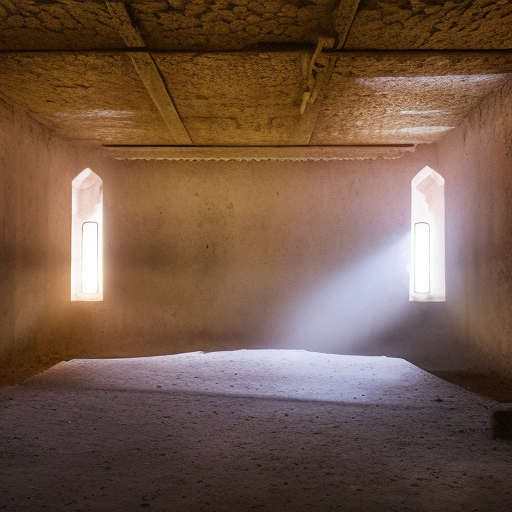Summary:
Relics are objects that hold religious or historical significance and are revered by believers. They can be the physical remains of saints, religious figures, or objects associated with them. Relics are often housed in reliquaries and venerated by followers who believe in their spiritual power and ability to perform miracles. Relics have played a significant role in various religions and cultures throughout history, serving as a connection between the divine and the mortal world.
Relics in Christianity:
In Christianity, relics hold a special place of reverence. They can be categorized into three types: first-class relics, which are the physical remains of a saint; second-class relics, which are objects that were in contact with a saint during their lifetime; and third-class relics, which are objects that have been touched to a first-class relic. The veneration of relics in Christianity dates back to the early days of the Church, with the belief that they possess spiritual power and can intercede on behalf of the faithful. Relics are often displayed in churches and cathedrals, and pilgrims from around the world visit these sites to seek blessings and healing.
Relics in Buddhism:
Buddhism also has a rich tradition of relics. The most significant relics in Buddhism are the bodily remains or ashes of Gautama Buddha, the founder of Buddhism. After his cremation, his ashes were divided into numerous stupas, which are dome-shaped structures that house relics. These stupas became important pilgrimage sites for Buddhists, who believe that paying homage to the relics can bring spiritual merit and blessings. In addition to bodily relics, Buddhism also reveres relics associated with other enlightened beings and important Buddhist figures.
Relics in Hinduism:
Hinduism also places great importance on relics, known as “murtis” or “icons.” These can be statues, paintings, or objects associated with deities. Hindu temples often house these relics, and devotees offer prayers and perform rituals in front of them. The relics are believed to be imbued with the divine presence of the deity they represent, and devotees seek their blessings and guidance. The relics are considered a focal point for worship and meditation, helping believers connect with the divine.
Relics in Islam:
In Islam, relics are not as prominent as in other religions. However, there are certain objects associated with the Prophet Muhammad and other important figures in Islamic history that are considered relics. These objects include personal belongings, clothing, and items associated with significant events in Islamic history. These relics are often housed in mosques and are venerated by Muslims who believe in their historical and spiritual significance.
Relics in other cultures:
Relics are not limited to religious contexts. Many cultures have their own traditions of preserving and venerating relics. For example, ancient Egyptian culture placed great importance on preserving the bodies of the deceased through mummification. These mummified bodies were considered relics and were believed to be necessary for the deceased’s journey into the afterlife. Similarly, ancient civilizations such as the Greeks and Romans preserved relics of their heroes and leaders, often in the form of statues or personal belongings.
Conclusion:
Relics hold a significant place in various religions and cultures, serving as a tangible connection between the divine and the mortal world. They are revered and venerated by believers who seek their spiritual power and blessings. Whether they are the physical remains of saints, objects associated with religious figures, or cultural artifacts, relics play a crucial role in shaping religious practices and beliefs. The veneration of relics continues to be an important aspect of many religious traditions, attracting pilgrims and devotees from around the world.












